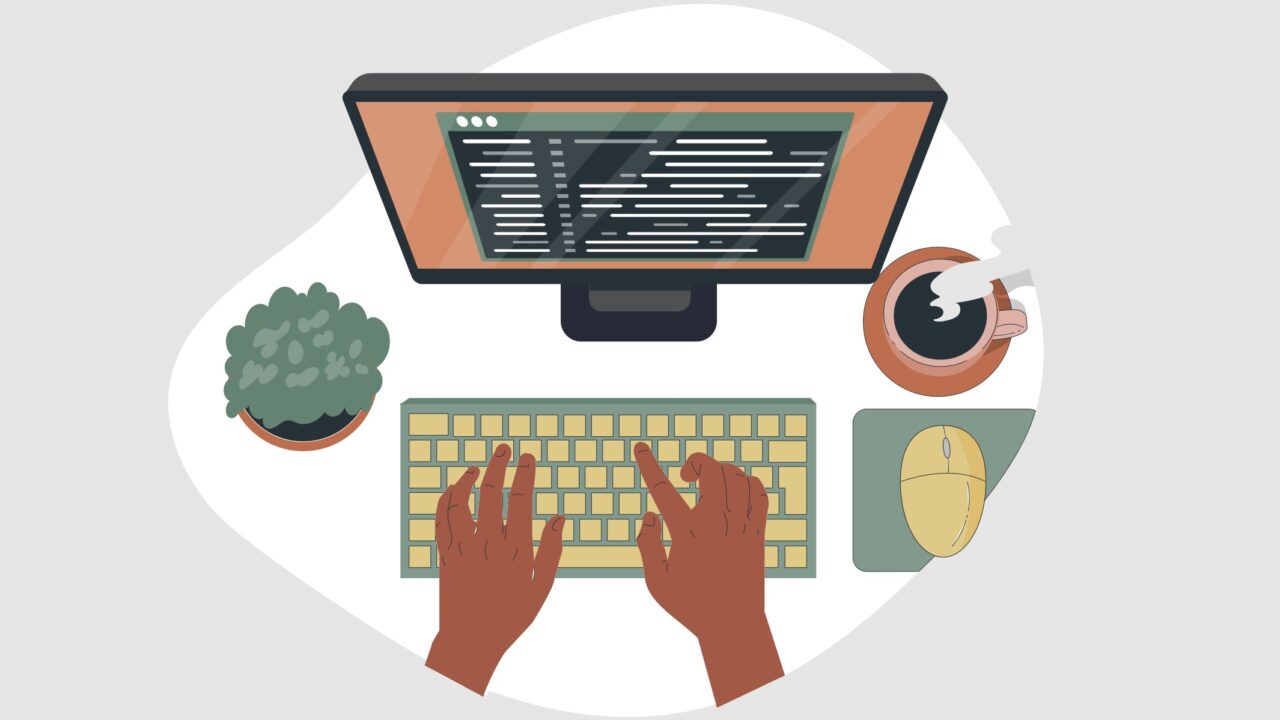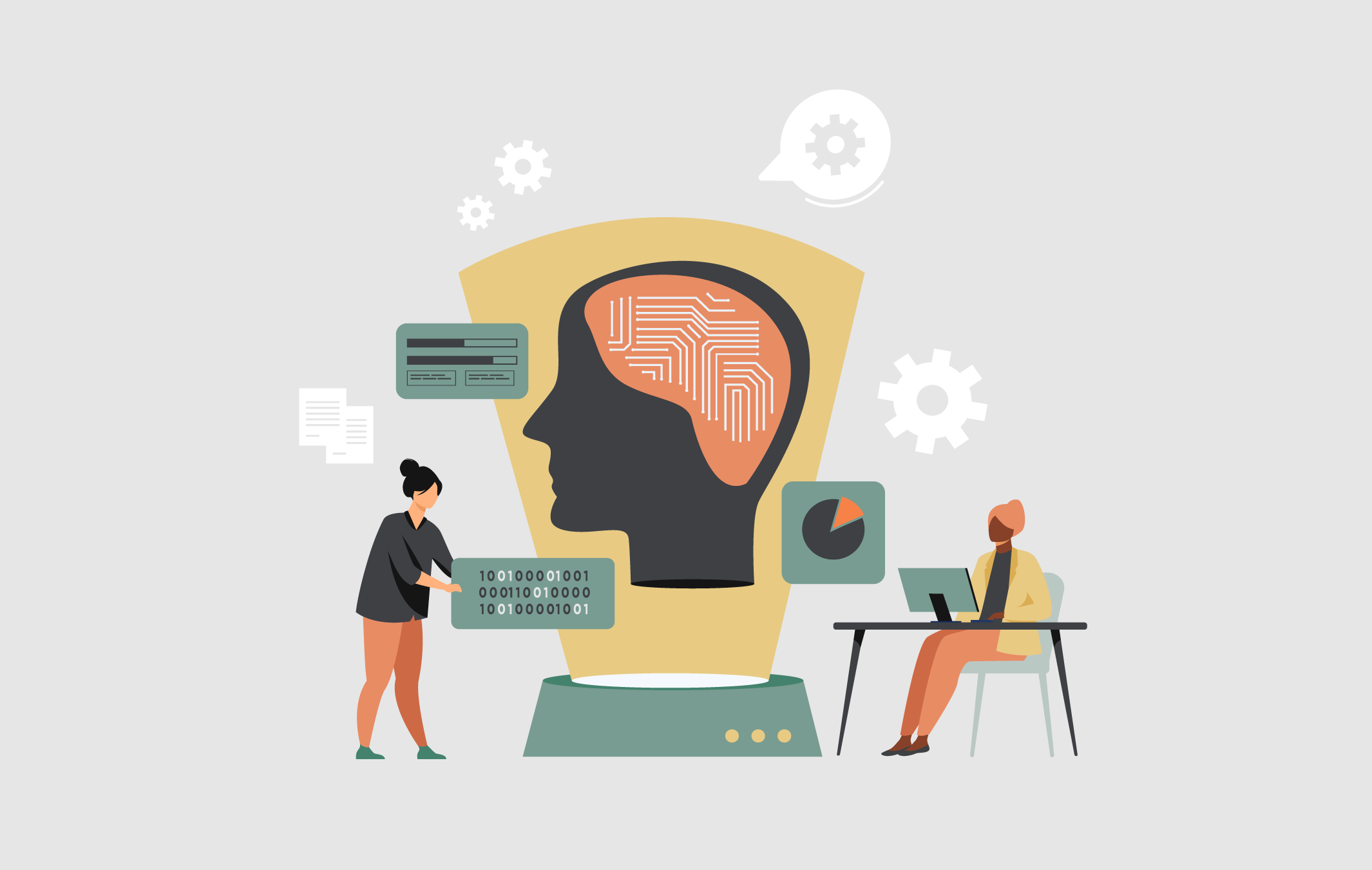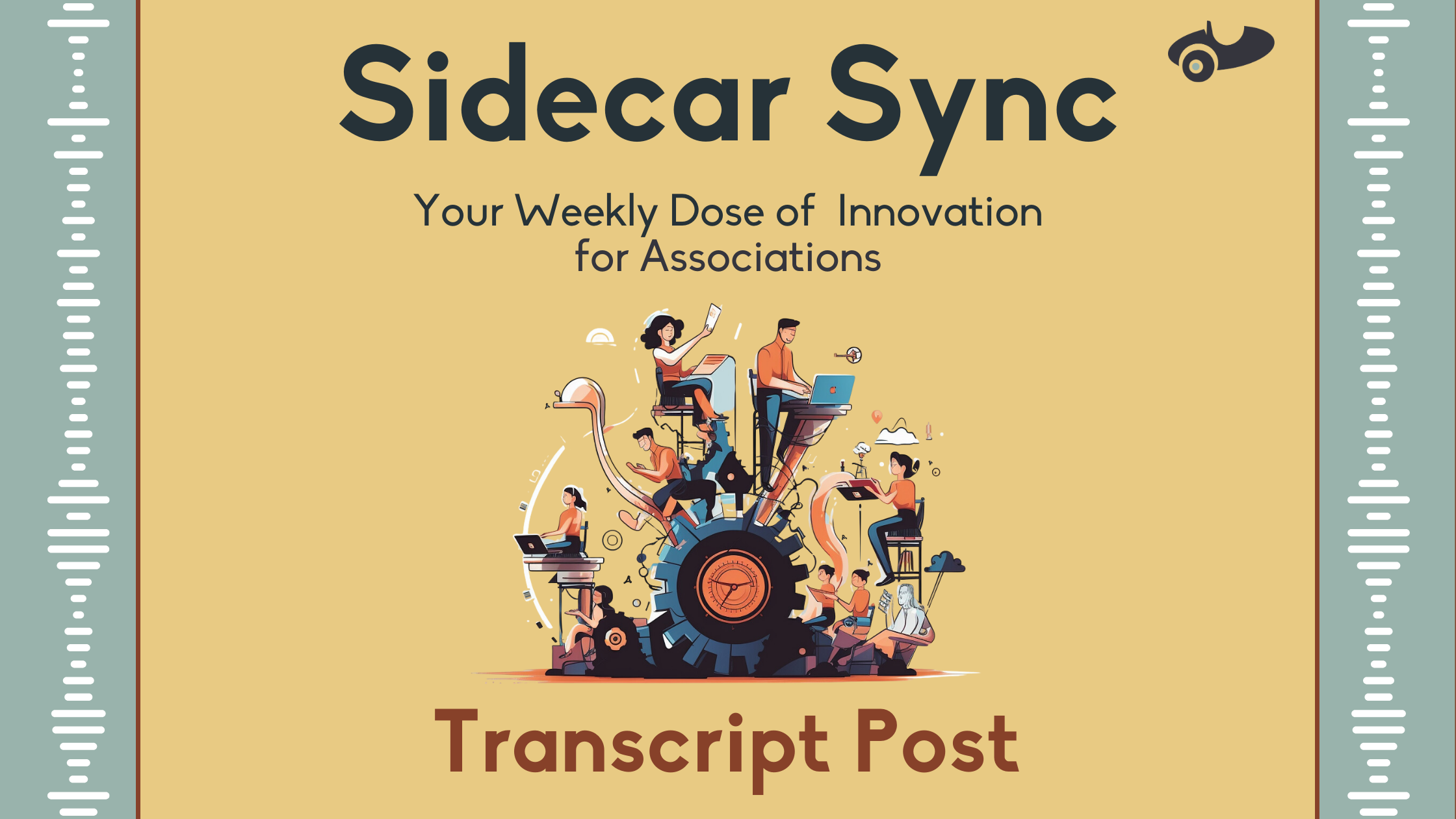Big news in the tech world this week: The AI Alliance has been announced, bringing a fresh perspective to the AI development landscape. This new coalition, consisting of major tech companies and academic powerhouses, is championing an open science approach to AI. But what does this actually mean, especially for associations that are already navigating the complexities of AI?
At the core of the AI Alliance's mission is a pivotal debate: the choice between open source and closed AI models. Companies like IBM and Meta (Facebook's parent company) are steering towards an open science approach, advocating for more shared and accessible AI development. On the other hand, giants like Google, Microsoft, and OpenAI are leaning towards a closed model, focusing on controlled, proprietary AI systems.
As association professionals, understanding this divide is crucial. It's not just about picking a side; it's about comprehending how each approach can impact operations, member services, and the broader industries you serve.
Decoding the Debate: Open Source vs. Closed AI Models
As we delve into the world of AI development, two distinct paths emerge: open source and closed models. But what do these terms really mean?
Open Source AI
- Definition and Approach: Open source AI is all about openness and community. In this model, the source code of AI systems is freely available for anyone to use, modify, and distribute. It's like having a cookbook where all the recipes are open for chefs to tweak and share their versions.
- Benefits for Associations: Open source AI promises innovation through collaboration. Associations can benefit from a diverse range of ideas and improvements contributed by a global community. This model can lead to more customizable and diverse tools that can be tailored to specific needs.
- Challenges: However, open source AI isn't without its challenges. Questions about quality control, security, and the sustainability of such models are often raised. Ensuring that these freely available tools meet the specific standards and needs of an association can require additional vetting and adaptation.
Closed AI Models
- Definition and Approach: Closed AI, in contrast, is like a secret recipe guarded by its creators. The source code is proprietary, controlled by the company that developed it. This model emphasizes security, quality, and controlled evolution of the technology.
- Benefits for Associations: For associations, closed AI models can offer a sense of security and reliability, with the backing of established tech companies. These models often come with dedicated support and a guarantee of regular updates and improvements.
- Challenges: The downside? Dependence on the vendor for updates and improvements, potential limitations in customization, and the risk of vendor lock-in, where associations may find it challenging to switch to different tools or platforms in the future.
As we consider both sides of the debate, it’s important to weigh the pros and cons. The choice between open source and closed AI isn't just about the technology itself; it's about aligning with an approach that fits your organization’s values, operational needs, and future vision.
The Case for Open Source AI: Collaboration and Transparency
The open source AI model is gaining traction, and for good reason. Here's why some in the tech world are rooting for this approach:
- Innovation through collaboration: Open source AI thrives on collective input. It's like a brainstorming session where every idea is welcomed and can be built upon. This collaborative environment can lead to more creative and diverse AI solutions, potentially offering associations tools that are more adaptable to their unique needs.
- Transparency and trust: With open source, what you see is what you get. The code is out in the open, fostering a sense of trust and reliability. For associations concerned about the 'black box' nature of AI, this transparency allows for a deeper understanding and potentially greater control over how AI tools impact their operations and member services.
- Empowering smaller players: Open source levels the playing field. Smaller associations or those with limited resources can access cutting-edge AI without the hefty price tag. It's about democratizing AI, ensuring that even smaller players can benefit from technological advancements.
- Flexibility and customization: The beauty of open source AI lies in its flexibility. Associations can tweak and tailor AI tools to fit their specific requirements. This customization can be a game-changer in how associations engage with members, analyze data, or streamline operations.
- Challenges to consider: However, it's not all smooth sailing. Open source AI can pose challenges in terms of support and maintenance. Without a dedicated team behind it, associations might need to invest more in tech support or rely on community forums for troubleshooting.
In summary, open source AI offers a world of possibilities in terms of innovation, transparency, and accessibility. For associations, these factors can be incredibly appealing, but they come with a need for a thoughtful approach to implementation and support.
Up next, we'll flip the coin and look at the other side of the debate: the merits of closed AI models.
Understanding the Appeal of Closed AI Models: Security and Reliability
While open source AI has its advocates, closed AI models also have compelling arguments in their favor, particularly for associations. Here's a look at why some are championing this approach:
- Enhanced security and control: One of the primary advantages of closed AI is the level of security and control it offers. The proprietary nature of these models means tighter control over who accesses and uses the AI, reducing the risks of misuse or unethical applications. For associations dealing with sensitive member data, this can be a critical consideration.
- Consistent quality and support: Closed AI models are typically backed by robust support from the companies that develop them. This support often includes regular updates, technical assistance, and troubleshooting, ensuring a consistent quality that associations can rely on for their critical operations.
- Streamlined integration and ease of use: These models are often designed for easier integration into existing systems, with a focus on user-friendliness. For associations that may not have extensive technical expertise, closed AI can offer a more straightforward, plug-and-play solution.
- Predictability in performance: Closed AI models can offer a level of predictability in their performance, with less variability than open source options. This predictability can be key for associations in planning and executing their strategies and services effectively.
- Challenges to keep in mind: However, closed AI isn't without its challenges. The dependency on a single vendor may lead associations to feel limited by the tools and conditions set by the provider. Additionally, the cost factor can be significant, especially for smaller associations with limited budgets.
In essence, closed AI models present a route that prioritizes security, consistency, and ease of use. For associations, these factors are often weighed against the cost and potential limitations in flexibility and customization.
Choosing Sides in AI? Maybe You Don't Have To
You've weighed the pros and cons of open source and closed AI models. So… which side do you choose? The good news is, you might not need to choose at all. For associations navigating the complex world of AI, flexibility and avoiding vendor lock-in can be more crucial than picking a definitive side in this ongoing debate.
Embracing Flexibility in AI Adoption
In the ever-evolving landscape of AI, flexibility is key. Associations benefit from being adaptable, able to integrate different AI technologies as they emerge. This adaptability ensures that associations can always use the best tools for their needs, not limited by a single model or vendor.
The Strategic Importance of Avoiding Vendor Lock-In
Vendor lock-in—becoming too dependent on one AI provider—can be a strategic pitfall for associations. Escaping this scenario is essential for maintaining operational independence and cost-effectiveness. It allows for the freedom to choose AI tools that are most suitable without being hamstrung by past decisions.
Building a Layer of Insulation
Building an insulation layer of flexibility in your approach to AI integration is crucial. This strategy involves being prepared to seamlessly adopt and integrate various AI tools and solutions as they become available. It's about ensuring that operational systems and processes are adaptable, preventing over-reliance on any single AI model or vendor. By maintaining this flexible approach, associations can quickly embrace new advancements, keeping their operations agile and aligned with the latest in AI innovation. This layer of insulation is key to staying responsive and effective in meeting the evolving needs of their members.
Future-Proofing Your AI Strategy
Future-proofing your AI strategy involves investing in scalable and adaptable technologies, upskilling staff, and keeping abreast of AI advancements. This approach ensures that associations are always ready to embrace the next wave of AI innovations, regardless of their origin.
In conclusion, the choice for associations isn't necessarily about choosing a side. It's about cultivating an approach that embraces flexibility and change, ensuring access to the best AI solutions for their evolving needs and goals.
Charting Your Path in the Evolving World of AI
As we conclude our exploration of the open source versus closed AI debate, it's clear that the journey into AI for associations could be a pathway to transformative growth and innovation. This debate highlights the importance of understanding the nuances of AI development and its implications for the future of associations.
The key takeaway from our discussion? Stay flexible, informed, and open to change as the AI landscape continues to evolve. Crucially, avoid tying yourself so tightly to one AI model or approach that you can't pivot when necessary.
As association professionals, you have the opportunity to be at the forefront of this technological revolution, harnessing AI to drive positive change and create more dynamic, responsive, and impactful organizations. Let's approach this journey with enthusiasm, caution, and an unyielding commitment to the communities we serve.
Elevate Your AI Knowledge with Sidecar's AI Bootcamp
Ready to take your AI journey to the next level? Sidecar's AI Bootcamp is here to guide you through the complexities of AI in an accessible and engaging way.
- On-demand learning: Access updated, bite-sized lessons at your pace.
- Expert guidance: Join weekly live sessions with AI experts for insights and support.
- Community connection: Engage with a network of AI enthusiasts and peers.
Join Sidecar's AI Bootcamp, your stepping stone to mastering AI in the association space.






